SAMS: Farmed salmon biomass does not impact the abundance of harmful algal blooms in Scottish waters
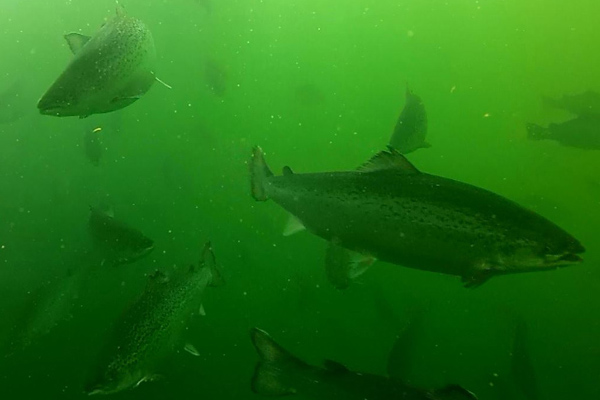
Marine scientists investigating the formation of harmful algal blooms (HABs) in Scottish waters have found no link between salmon farms and the likelihood of a bloom.
The study, which was published in Harmful Algae and conducted by researchers from the Scottish Association for Marine Science (SAMS) in Oban, examined blooms among the algal species that most frequently impacted shellfish farms and human health in the region: Dinophysis spp., Alexandrium spp. and Pseudo–nitzschia spp. They studied the cell abundance of one phytoplankton species of particular concern to the salmon farming industry (Karenia mikimotoi).
The researchers concluded that farmed salmon biomass alone had no significant effect on cell abundance of any of the studied phytoplankton.
“It would be a reasonable assumption to make that excess nutrients from fish farms could have the potential to ‘feed’ nearby phytoplankton, increasing their abundance and, therefore, an intensification of HABs,” said Keith Davidson, a co-author on the paper. “However, our mathematical model-based analysis indicated that farmed salmon biomass had a non-significant effect on cell abundance of any of the studied phytoplankton taxa. In contrast, location or time of the year had a much greater influence on cell abundance. Overall, the analyses suggest that current levels of salmon farming activities do not markedly impact the abundance of routinely monitored biotoxin producing or fish killing phytoplankton taxa in Scottish waters.”
The findings came partly from the analysis of data from the Food Standards Scotland regulatory biotoxin monitoring program that has generated weekly harmful phytoplankton reports from a range of locations around the Scottish coast, stretching back 15 years.
Eye in the sky: Europe employs satellites to advance aquaculture
“A possible explanation for the lack of a significant relationship between farmed salmon and harmful phytoplankton cell abundance is that aquaculture farms are generally located in hydrodynamically energetic locations where recurrent flushing likely allows efficient dilution of nutrients,” said Fatima Gianella, lead author on the paper.
Harmful algal blooms can have devastating effects on aquaculture sites. Humans eating shellfish that have absorbed these toxic phytoplankton can become ill and blooms can also be fatal to farmed fish.
Now that you've reached the end of the article ...
… please consider supporting GSA’s mission to advance responsible seafood practices through education, advocacy and third-party assurances. The Advocate aims to document the evolution of responsible seafood practices and share the expansive knowledge of our vast network of contributors.
By becoming a Global Seafood Alliance member, you’re ensuring that all of the pre-competitive work we do through member benefits, resources and events can continue. Individual membership costs just $50 a year.
Not a GSA member? Join us.
Author
Tagged With
Related Posts
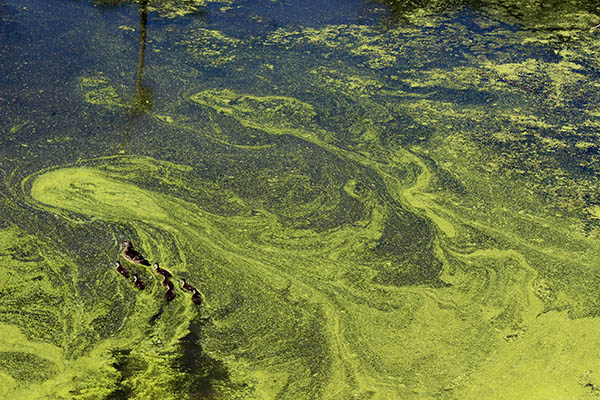
Intelligence
Artificial intelligence successfully predicts toxic algae in UK seafood
Molecular biology-based approach with artificial intelligence can predict a rise in toxic algae weeks earlier than the microscope method.
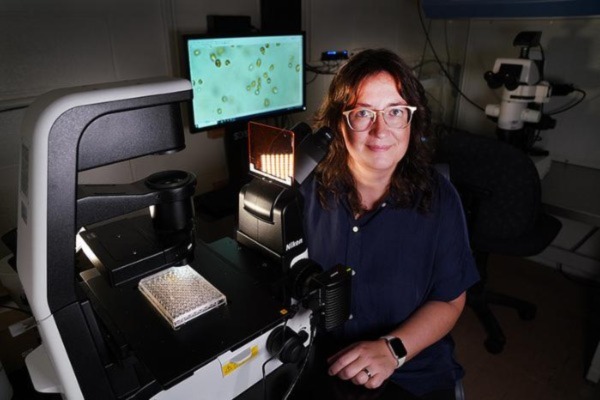
Intelligence
Is the key to predicting harmful algal blooms found in genetics?
New research into the genetic diversity of Prymnesium parvum could help predict when harmful algal blooms will occur.
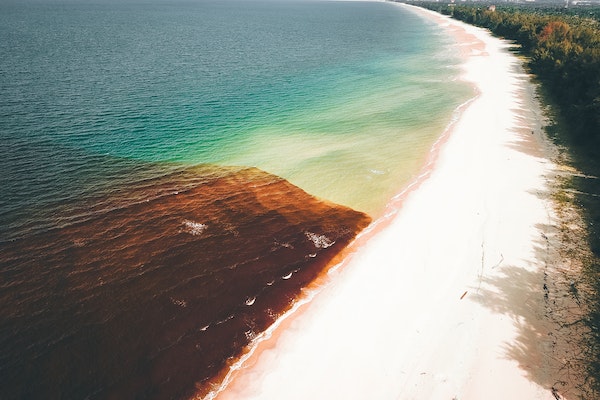
Intelligence
FAO issues ‘roadmap’ for early harmful algal bloom warning systems
Document provides guidance to implement or improve early warning systems for harmful algal blooms that threaten seafood and public health.
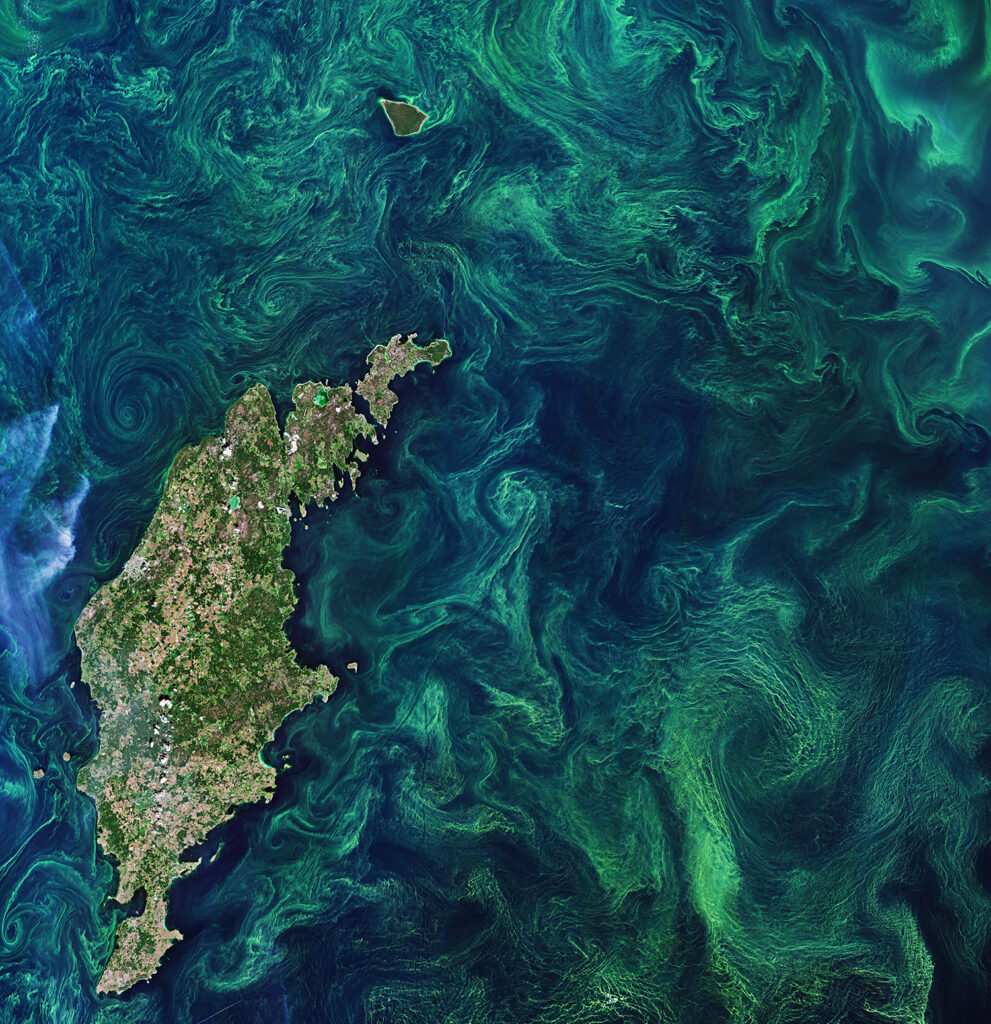
Innovation & Investment
NOAA helps fund the launch of harmful algal bloom control center
NOAA awarded $7.5 million to launch a technology incubator with a mandate to “advance innovative ways to control harmful algal blooms."



